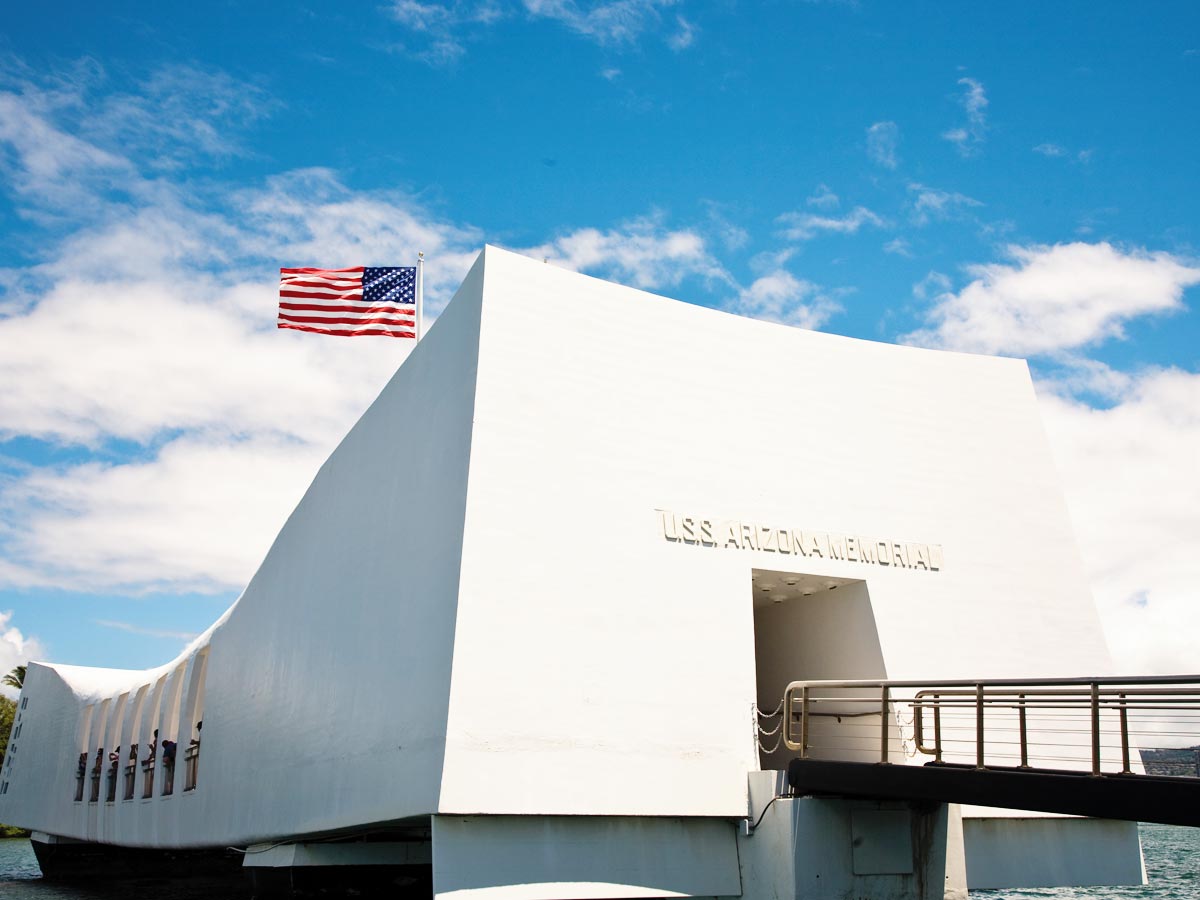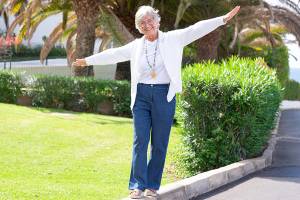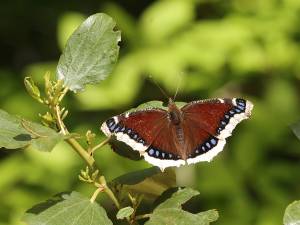This article contains affiliate links. As an Amazon Associate we earn from qualifying purchases.
By KATHLEEN MULROY
December 7 was designated National Pearl Harbor Remembrance Day by the US Congress in 1994. Each year on that day, some of the few remaining survivors, veterans, and visitors from all over the world come together for a ceremony at the Pearl Harbor National Memorial in Hawaii. They remember and honor the 2,403 service members and civilians who were killed during the Japanese attack on the Pearl Harbor Naval Base on December 7, 1941. There were also 1,178 injuries in the attack, which permanently sank two US Navy battleships (the USS Arizona and the USS Utah) and destroyed 188 aircraft. The deadliest single attack was on the USS Arizona—1,177 men lost their lives.
The day after the assault, President Franklin D. Roosevelt asked the Congress to declare war on Japan.
Fourteen Montana servicemen died at Pearl Harbor.
In Remembrance
- Daniel, Lloyd Naxton Navy, petty officer first class. Park County. USS Arizona; missing-in-action or lost-at-sea.
- Dullum, Jerald Fraser Navy, petty officer third class. Lewis and Clark County. USS Arizona; missing-in-action or lost at sea.
- Jackson, Lowell Bruce Navy, seaman second class. Silver Bow County. USS Vestal.
- Marling, Joseph Henry Navy, seaman second class. Granite County. USS Arizona; missing-in-action or lost at sea.
- Meagher, Donald Army Air Corps, corporal, 4th Recon Sqdrn. Cascade County. Missing-in-action or lost at sea.
- Micheletto, Carlo Anthony Marine Corps, sergeant. 252 Utility Sqdrn. Richland County. Disposition of body unknown.
- Morrison, Earl Leroy Navy, seaman first class. Richland County. USS Arizona; missing-in-action or lost at sea.
- Morse, George Robert Navy, seaman second class. Missoula County. USS Arizona; missing-in-action or lost at sea.
- Ronning, Emil Oliver Navy, coxswain. Choteau County. USS Nevada; disposition of body unknown.
- Scilley, Harold Hugh Navy, petty officer second class. Carbon County. USS Arizona; missing-in-action or lost at sea.
- Sellon, William Lawrence Navy, seaman second class. Missoula County. USS Oklahoma; missing-in-action or lost at sea.
- Smart, George David Navy, coxswain. Lake County. USS Arizona; missing-in-action or lost at sea.
- Stockdale, Lewis Stevens Navy, ensign. Deer Lodge County. USS Oklahoma; missing-in-action or lost at sea.
- Trujillo, Richard Ignacio Marine Corps, private first class. Yellowstone County. USS Nevada; missing-in-action or lost at sea.
Men Who Lived to Tell About It
Hal Conrad was a Montanan who survived the attack. He had enlisted in the US Army Air Corps in 1940, and the following year he was stationed just adjacent to Pearl Harbor. At 5 a.m. on December 7, Conrad was on duty guarding the water tower when he looked up and saw a flight of nine silvery airplanes. He thought it was the Navy running mock attacks, as they sometimes did on a Sunday. But then he saw a bomb drop—and it wasn’t a dummy.
Conrad grabbed his field phone and called it in. At first no one believed him, but it quickly became obvious that Pearl Harbor was indeed under attack. Conrad, who continued to maintain his post on foot despite Japanese planes firing on him with machine guns, was initially declared M.I.A., but his family was told on Christmas Eve that he’d survived, earning Conrad the nickname “Lucky.” He was active in a group of Montana Pearl Harbor survivors for many years and died in 2019.
Another survivor from Montana was a 17-year-old Navy man, Charles Dowd. On the morning of December 7, Dowd, who was stationed on Ford Island next to Pearl Harbor, heard explosions and gunfire and saw a hangar go up in flames. He and another Naval radio officer ran to the roof of an armory and fired 1903 Springfield 30-06 rifles at low-flying Japanese torpedo bombers.
Dowd said later he never knew if they hit anything, and he didn’t understand how he managed to survive. The nearby USS. California was on fire and listing in the water as Dowd and others shot at Japanese planes flying by. Dowd remembered that at times the planes were so close, he could see the faces of the enemy pilots. Although he sustained injuries from the burning of the USS California, Dowd went on to fight in other South Pacific naval battles. He returned once to Pearl Harbor, for the 50th anniversary remembrance ceremony.
We remember with deep gratitude all who served. MSN









